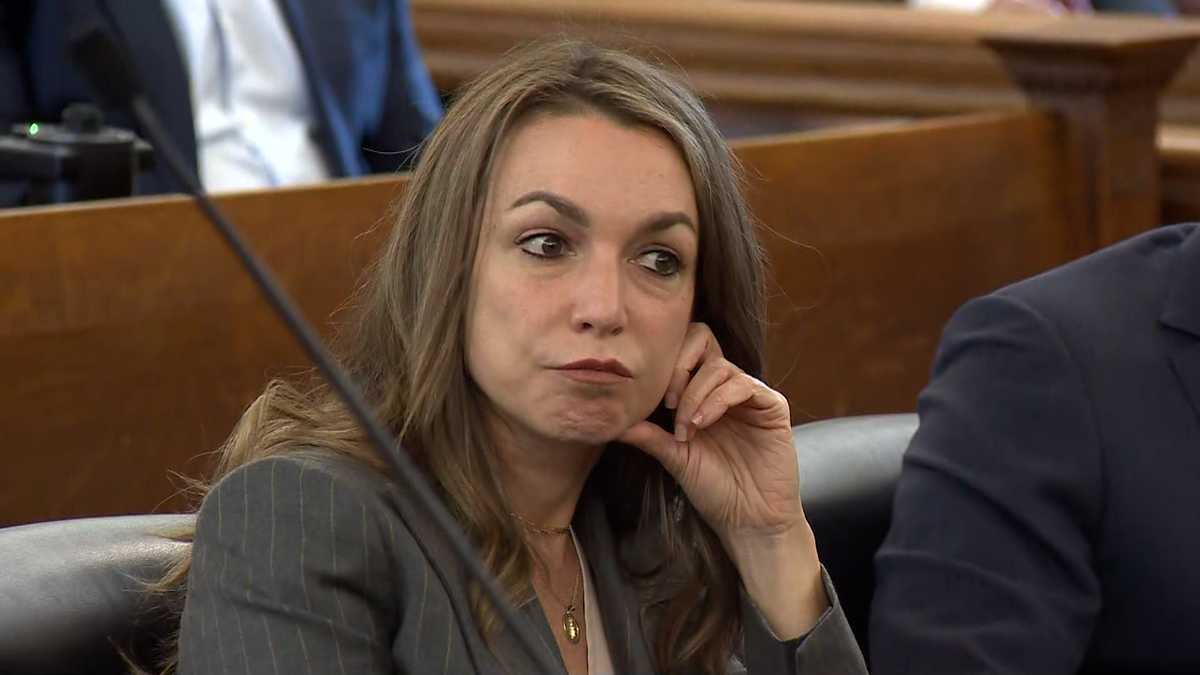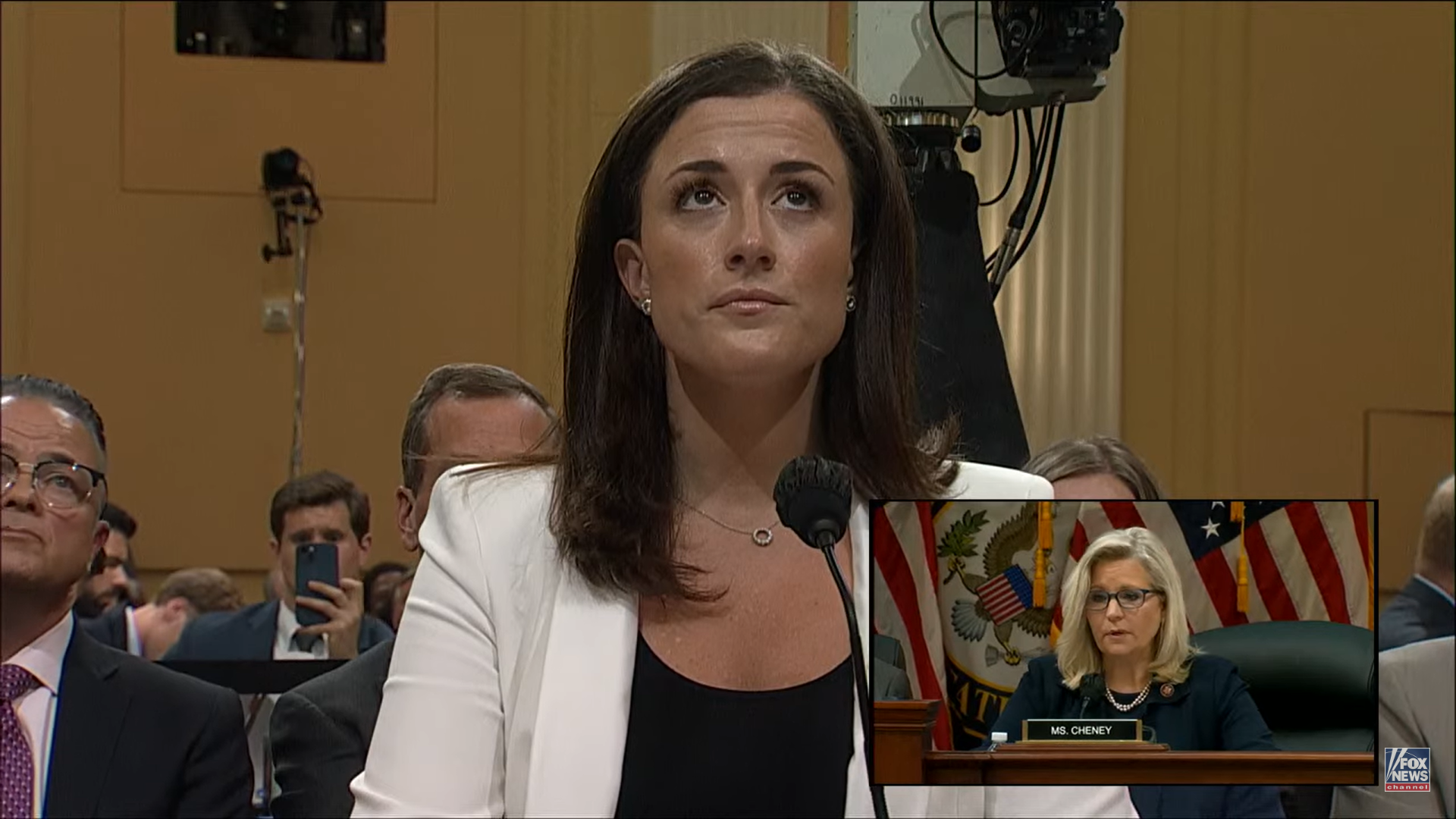WGA And SAG-AFTRA Strike: A Complete Hollywood Production Shutdown

Table of Contents
The Core Issues Fueling the Hollywood Production Shutdown
The current Hollywood production shutdown is rooted in long-simmering tensions between the unions and the Alliance of Motion Picture and Television Producers (AMPTP). Both the WGA and SAG-AFTRA are fighting for improved working conditions and fairer compensation in an industry dramatically reshaped by streaming services and the rise of artificial intelligence.
WGA Strike Demands
The WGA strike centers on several key demands aimed at addressing the changing landscape of television and film production. These include:
-
Fair Wages and Residuals: The traditional model of writers' compensation, heavily reliant on residuals from reruns and syndication, has been severely eroded by streaming services that offer smaller, upfront payments and often limited rerun opportunities. The WGA is seeking a system that fairly compensates writers for their work in the streaming era. Reports suggest a significant disparity between writers' earnings and the massive profits generated by streaming platforms.
-
Minimum Staffing Levels: Increased pressure to produce more content in shorter timeframes has led to a reduction in writer's rooms and overall staffing levels. The WGA is demanding minimum staffing ratios to ensure writers are not overworked and can maintain quality. This directly combats issues of burnout and creative stagnation.
-
AI Usage in Writing: The increasing use of artificial intelligence in scriptwriting raises significant concerns about the potential displacement of human writers. The WGA is pushing for regulations and safeguards to prevent AI from undermining writers' jobs and creative control.
SAG-AFTRA Strike Demands
SAG-AFTRA's strike shares many parallels with the WGA's, focusing on fair wages and the impact of new technologies. Key demands include:
-
Fair Wages and Residuals: Similar to the WGA, SAG-AFTRA is seeking fairer compensation in the streaming era, where residual payments are often significantly lower than those received from traditional television and film. This includes improved compensation for streaming appearances.
-
Self-Tape Auditions: The rise of self-tape auditions has shifted costs from studios to actors, who are often responsible for their own equipment and spaces. SAG-AFTRA wants to ensure fair compensation and conditions for self-tape auditions.
-
AI Usage in Acting: SAG-AFTRA is deeply concerned about the potential for AI to replace actors through the use of digital likenesses or voice cloning. The union is seeking to establish strong protections against this technology.
The Impact of the Hollywood Production Shutdown
The Hollywood production shutdown has far-reaching economic and creative consequences.
Economic Consequences
The strike is causing significant economic disruption:
-
Lost Revenue: Production delays and cancellations are costing studios and production companies billions of dollars in lost revenue. Major projects, including film releases and television series, have been indefinitely postponed.
-
Job Losses: The shutdown has resulted in widespread job losses among crew members, caterers, location scouts, and other workers in the entertainment industry. The ripple effect extends to local businesses that rely on the industry for revenue. Estimates place daily economic losses in the tens of millions for the California economy alone.
-
Ripple Effect: The impact extends beyond Hollywood to related industries, including tourism, hospitality, and retail, all dependent on the economic activity generated by film and television production.
Creative Impact
The prolonged shutdown will undoubtedly impact the creative landscape:
-
Delayed Projects: Numerous high-profile films and television shows are facing significant delays, potentially disrupting release schedules and impacting award season.
-
Creative Stagnation: The lack of new projects in development will inevitably lead to a slowdown in creative output and potentially a reduction in the diversity of storytelling.
-
Long-Term Effects: The ultimate impact on future films and television shows will depend on the duration and outcome of the strike.
Potential Resolutions and Future of Hollywood Production
The path to resolving the strike remains uncertain.
Negotiation Strategies
Negotiations between the unions and the AMPTP are ongoing, with both sides indicating a willingness to find common ground. However, significant disagreements remain, particularly regarding:
-
Residual Payments: The disparity in compensation between traditional media and streaming remains a significant sticking point.
-
AI Usage: The unions' concerns over the ethical and economic implications of AI in the entertainment industry need to be addressed.
-
Minimum Staffing Levels: Ensuring fair and adequate staffing levels is a critical point of contention for the WGA.
The Long-Term Implications for the Industry
The strike could usher in significant changes to the industry:
-
New Business Models: The conflict may force a reevaluation of traditional business models, potentially leading to more equitable revenue-sharing agreements.
-
Enhanced Union Power: A successful strike could significantly strengthen the bargaining power of the unions, leading to improved working conditions and compensation for writers and actors.
-
Industry Reform: The strike could spur broader industry reform, addressing issues of diversity, inclusion, and fair labor practices.
Conclusion
The ongoing WGA and SAG-AFTRA strike has created a complete Hollywood production shutdown, with significant economic and creative consequences. The core issues of fair compensation, the impact of streaming, and the ethical implications of AI are at the heart of this unprecedented labor dispute. While the path to resolution remains unclear, the strike highlights the urgent need for a more equitable and sustainable future for writers and actors in the entertainment industry. Staying informed about the developments in this historic Hollywood production shutdown is crucial for understanding the future of film and television. Follow reputable news sources for updates on the negotiations and the ongoing impact of this significant event. Understanding the complexities of this Hollywood production shutdown is key to comprehending the future of entertainment.

Featured Posts
-
 Why Robots Struggle To Replicate Human Skill In Nike Sneaker Manufacturing
Apr 22, 2025
Why Robots Struggle To Replicate Human Skill In Nike Sneaker Manufacturing
Apr 22, 2025 -
 Trumps Economic Agenda Winners And Losers
Apr 22, 2025
Trumps Economic Agenda Winners And Losers
Apr 22, 2025 -
 Leaked Signal Messages Hegseths Military Plans Shared With Family
Apr 22, 2025
Leaked Signal Messages Hegseths Military Plans Shared With Family
Apr 22, 2025 -
 The Karen Read Case A Year By Year Timeline Of Legal Proceedings
Apr 22, 2025
The Karen Read Case A Year By Year Timeline Of Legal Proceedings
Apr 22, 2025 -
 Cassidy Hutchinson From Jan 6 Hearings To Tell All Memoir
Apr 22, 2025
Cassidy Hutchinson From Jan 6 Hearings To Tell All Memoir
Apr 22, 2025
